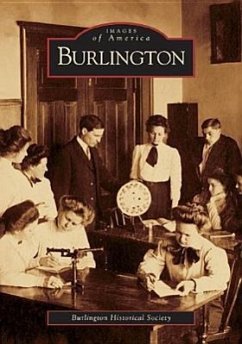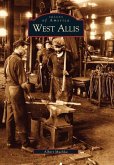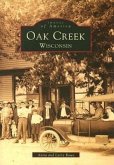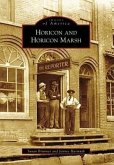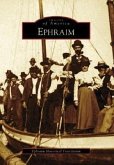Nestled in the southeastern corner of Wisconsin, Burlington originally blossomed from industrial roots. The city was settled in 1836 by Easterners seeking waterpower for mills at the junction of the White and Fox Rivers. Over the years, the city has grown to attract a wide variety of business, tourism, and families. In the years leading up to the Civil War, Burlington area residents provided hiding places on the Underground Railroad under the leadership of abolitionist Dr. Edward G. Dyer. In the late 1800s, the nearby lakes began attracting summer visitors from Milwaukee and Chicago. Today, the city is home to a Nestle Co. chocolate plant and hosts an annual chocolate festival, earning it the name "Chocolate City."
Hinweis: Dieser Artikel kann nur an eine deutsche Lieferadresse ausgeliefert werden.
Hinweis: Dieser Artikel kann nur an eine deutsche Lieferadresse ausgeliefert werden.

